What is the role of landscape in Truth and Justice, both the book and the film? How does the manner in which the landscape is represented in the book, and the way in which the landscape is represented in the film, differ from one another?
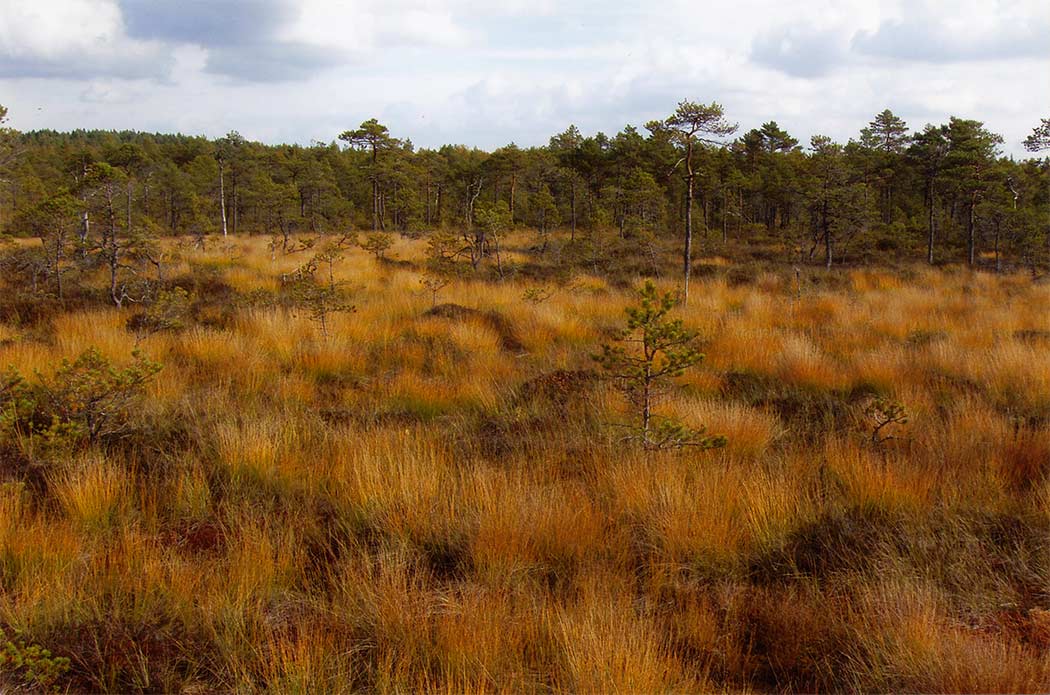
Truth and Justice can be seen as a book that describes the relationship of Estonians to the land, or with natural surroundings in a wider sense. Conversely, the novel and film have come to influence how Estonians think about their landscapes and nature in general.
Semiotician Timo Maran has developed the model of the “nature-text” to describe the interrelationship between written texts and nature.
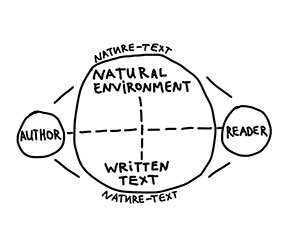
The concept of the “nature-text” refers to the meaningful connectedness between nature and certain texts – one is not understandable without knowing the other. For example, it is difficult to understand the main storylines and topics in Truth and Justice when one has never visited a bog, and does not know what it feels like to move around in one. In dragging the stuck cow out from the bog, Andres and Pearu bicker on the topics of digging ditches and struggling with rocky and fruitless land, and also express their joy on growing and harvesting grain — these topics would not be entirely understandable for the reader who cannot imagine the difficulty of living in a boggy landscape.
Conversely, human activity and culture creates new signs pertaining to everyday landscapes, for example in the form of place names. The original “Robber’s Rise” is located in the Kõrvemaa region, and locals from Kõrvemaa know some of the places from the book well. For example, the location of the big stone where the kids are playing while participating in the herd is well known, with locals calling this stone “Mängukivi” ( or “Playstone”, a stone that is meant for playing). Similarly known by the locals is the road up to “Robber`s Rise”, including its bog bridge. This bridge was described in Truth and Justice as a place where carriages and horses were constantly stuck.
Moreover, the new “Robber`s Rise“ that was built for the film will also remain — situated near the village of Vastse-Roosa, where filming occurred, this new construction has become an important place in and of itself, becoming well known and prominently advertised as a filming location.

Task
In order to understand how nature or landscapes is/are represented, interpreted and described in a literary text, one should examine how the author has constructed his descriptions. In other words, one should pay attention to the natural signs (i.e. signs derived from nature) found in the written text.
- Find a paragraph in the Truth and Justice novel that describes the landscape. (You can use the search function and insert some keywords indicating nature/landscape, farming, digging ditches, bad roads, etc.)
- Based on the paragraph you find, answer to following questions:
- From whose perspective is the landscape described? Does the author refer to bodily feelings or activities that are related to the landscape?
- Are there some specific species names, place names or natural terms (for example to describe surface forms) used by the author?
- Is it possible to find evaluations, assessments, or emotional messaging related to landscapes/nature in the given text? If yes, what kind?




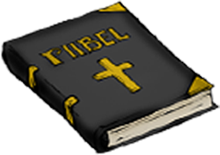



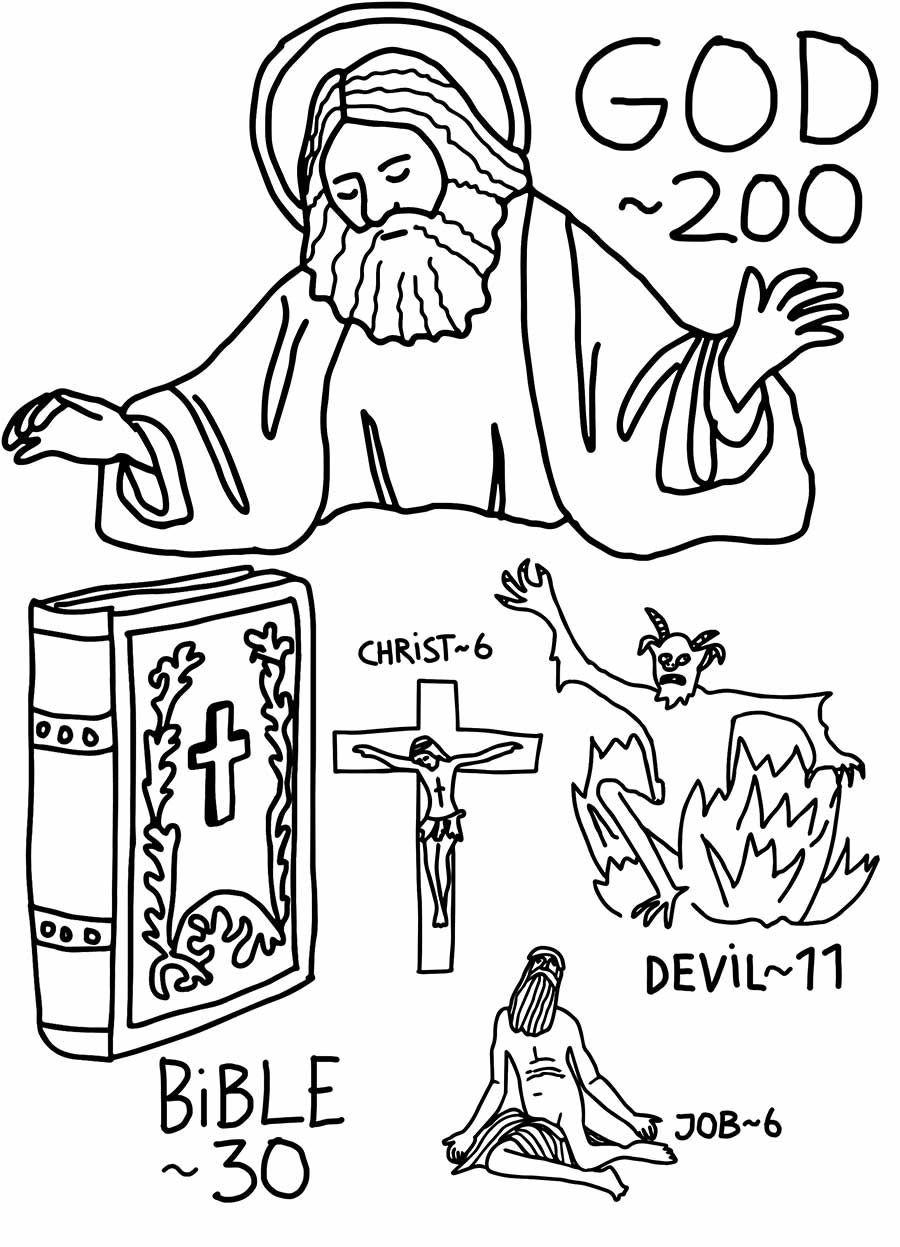
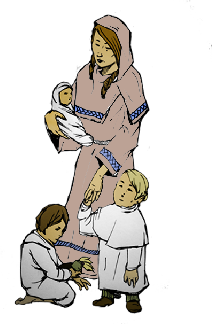
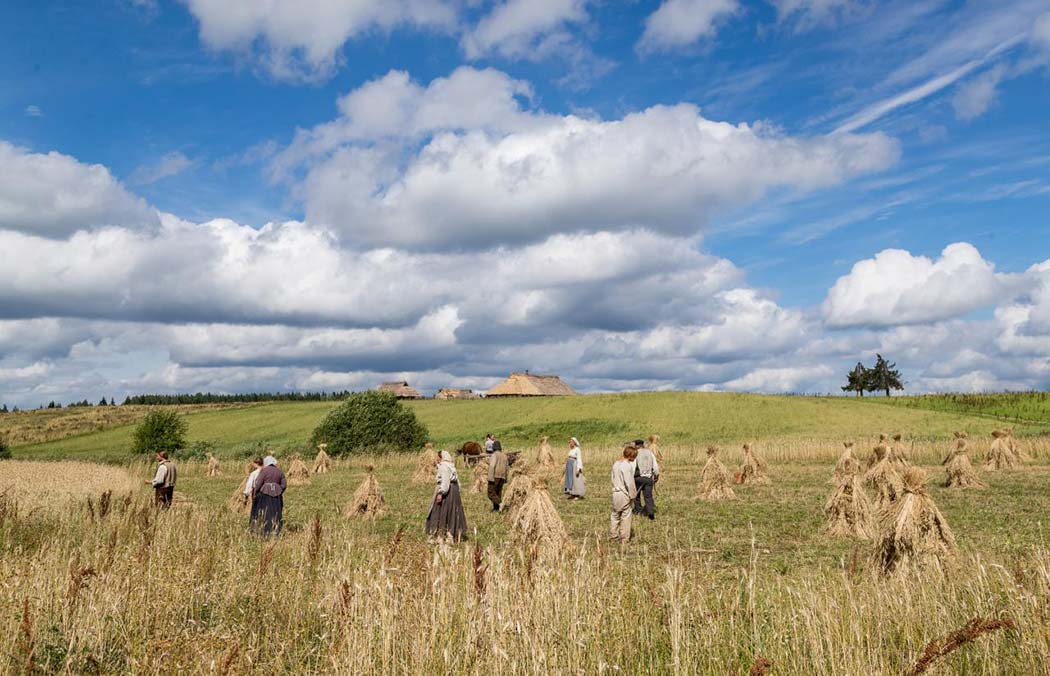

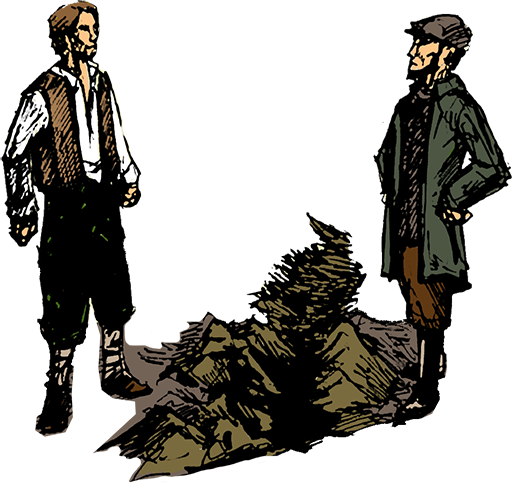
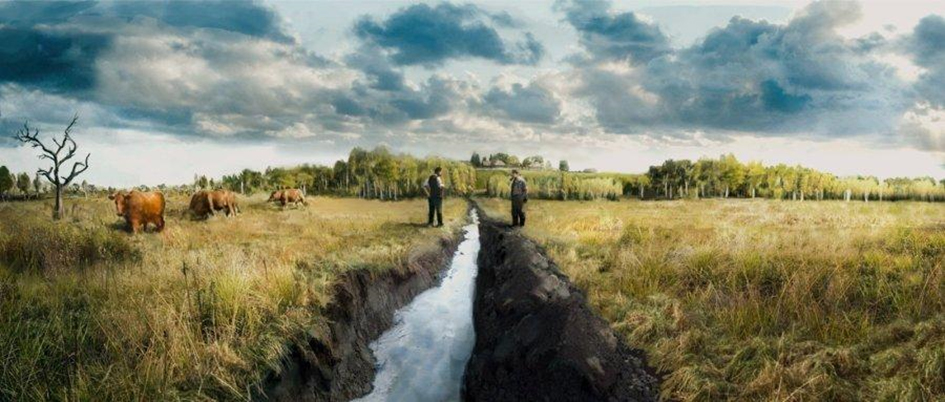
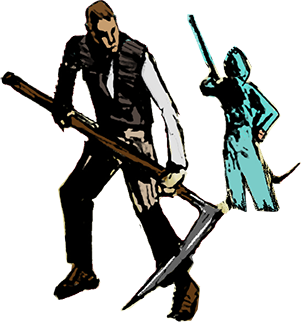
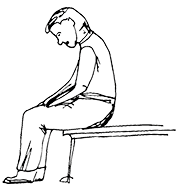
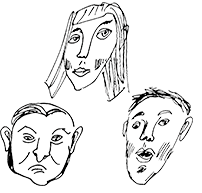
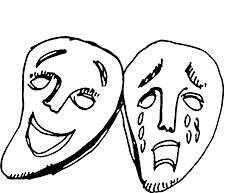



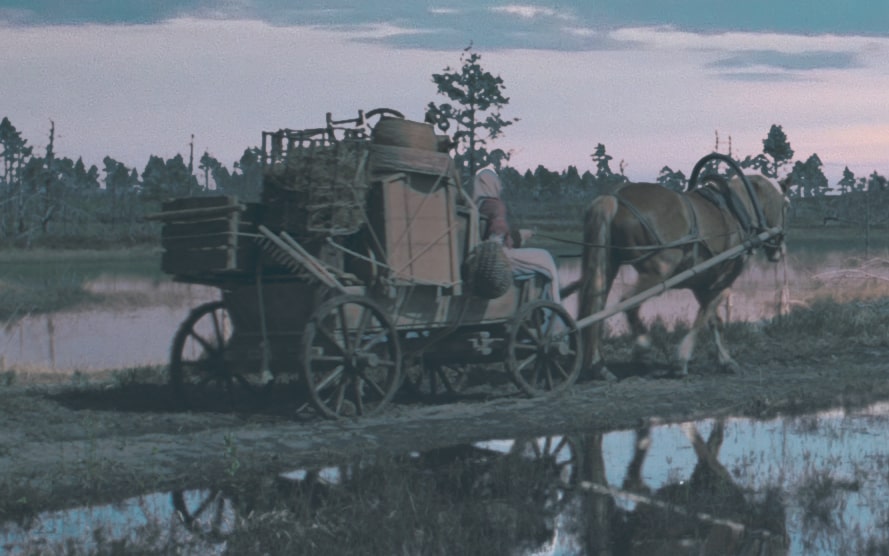
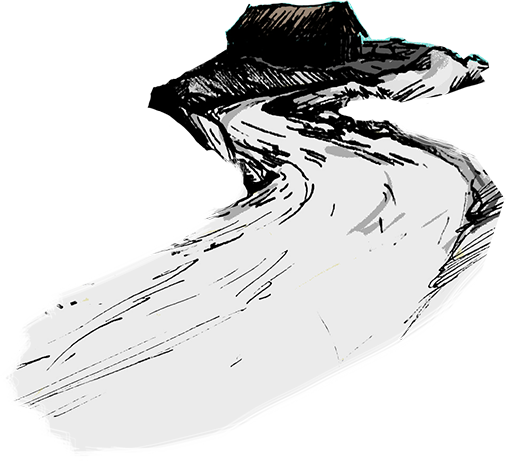



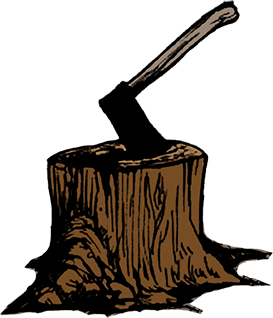
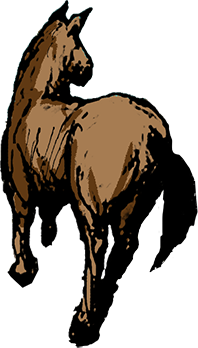

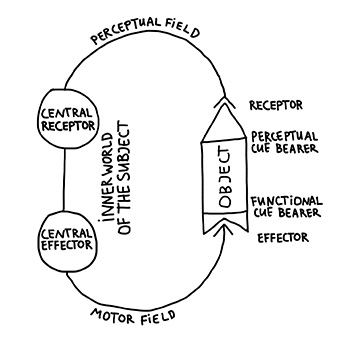
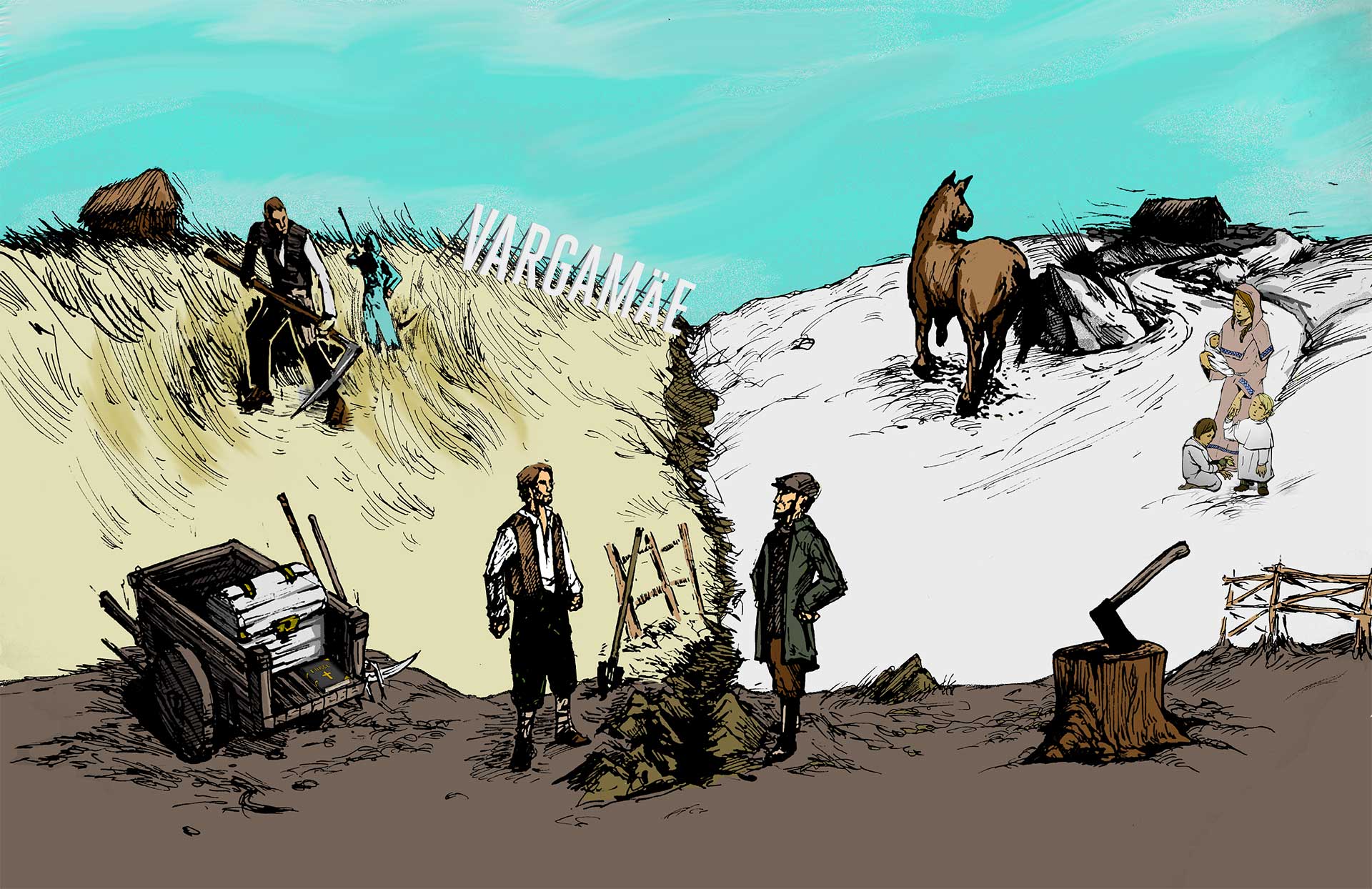
Drag and drop or upload an old photo!
Upload an old photo!